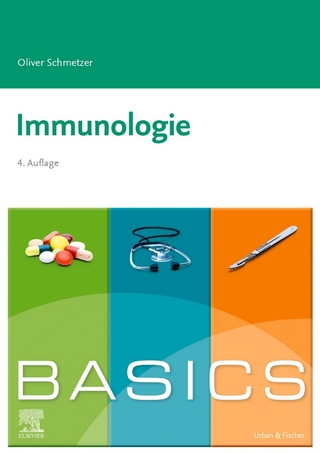
Food-Borne Parasitic Zoonoses
Fish and Plant-Borne Parasites
Seiten
2010
|
Softcover reprint of hardcover 1st ed. 2007
Springer-Verlag New York Inc.
978-1-4419-4392-7 (ISBN)
Springer-Verlag New York Inc.
978-1-4419-4392-7 (ISBN)
Humans suffer from numerous parasitic foodborne zoonoses, many of which are caused by helminths. The helminth zoonoses of concern in this book are normally limited to diseases of animals which have now become transmissible to humans. In the past these diseases were limited to populations living in low- and middle-income countries, but the geographical limits and populations at risk are expanding and changing because of growing international markets , improved transportation systems, and demographic changes (such as population movements). The World Health Organization (WHO) has estimated that the number of people currently infected with food borne trematodes alone exceeds 41 million, but worldwide the number of people at risk, including those in developed countries, is 750 million. The increasing recognition of the public health significance of these zoonoses, especially their complicated epidemiologies, and their links to poverty, intensification of agriculture, environmental degradation, and lack of tools for control- has been welcome. However, the development of priorities for a national public health system is often a competitive exercise, and the argument for devoting appropriate attention and resources to foodborne parasitic zoonoses is generally handicapped by the lack of good health and economic impact data. The genesis of this book was a desire to draw attention to the problem of these zoonoses and to hopefully, inspire greater efforts to acquire a reliable global impact assessment and therefore a basis for improved prevention and control actions for these zoonoses.
This book reviews not only the prevalence and distribution of these zoonoses, including available health and economic impact data, but will highlight gaps in knowledge that must be filled in order to gain the assessment needed to depict the overall importance of a particular zoonosis. This is critical for comparisons to other pressing public health and development needs in resource allocations. The topics on epidemiology, diagnosis, and clinical aspects emphasize the knowledge gaps that limit a full understanding of these zoonoses, and target where greater research investments on these parasitic diseases should be focused.
This book reviews not only the prevalence and distribution of these zoonoses, including available health and economic impact data, but will highlight gaps in knowledge that must be filled in order to gain the assessment needed to depict the overall importance of a particular zoonosis. This is critical for comparisons to other pressing public health and development needs in resource allocations. The topics on epidemiology, diagnosis, and clinical aspects emphasize the knowledge gaps that limit a full understanding of these zoonoses, and target where greater research investments on these parasitic diseases should be focused.
Fish- and Invertebrate-Borne Parasites.- Liver Flukes.- Intestinal Flukes.- Paragonimiasis.- Diphyllobothriasis: The Diphyllobothrium latumHuman Infection Conundrum and Reconciliation with a Worldwide Zoonosis.- Anisakid Nematodes and Anisakiasis.- Capillariasis.- Gnathostomiasis.- Angiostrongyliasis.- Plant-Borne Parasites.- Plant-Borne Trematode Zoonoses: Fascioliasis and Fasciolopsiasis.- General Aspects of Infection.- Immunology of the Infection.- Molecular Epidemiology of Food-Borne Parasitic Zoonoses.
| Erscheint lt. Verlag | 23.11.2010 |
|---|---|
| Reihe/Serie | World Class Parasites ; 11 |
| Zusatzinfo | XII, 429 p. |
| Verlagsort | New York, NY |
| Sprache | englisch |
| Maße | 155 x 235 mm |
| Themenwelt | Medizin / Pharmazie ► Medizinische Fachgebiete ► Mikrobiologie / Infektologie / Reisemedizin |
| Studium ► Querschnittsbereiche ► Infektiologie / Immunologie | |
| Studium ► Querschnittsbereiche ► Prävention / Gesundheitsförderung | |
| Naturwissenschaften ► Biologie ► Mikrobiologie / Immunologie | |
| Technik ► Lebensmitteltechnologie | |
| ISBN-10 | 1-4419-4392-7 / 1441943927 |
| ISBN-13 | 978-1-4419-4392-7 / 9781441943927 |
| Zustand | Neuware |
| Haben Sie eine Frage zum Produkt? |
Mehr entdecken
aus dem Bereich
aus dem Bereich
Buch | Softcover (2023)
Lehmanns Media (Verlag)
19,95 €


